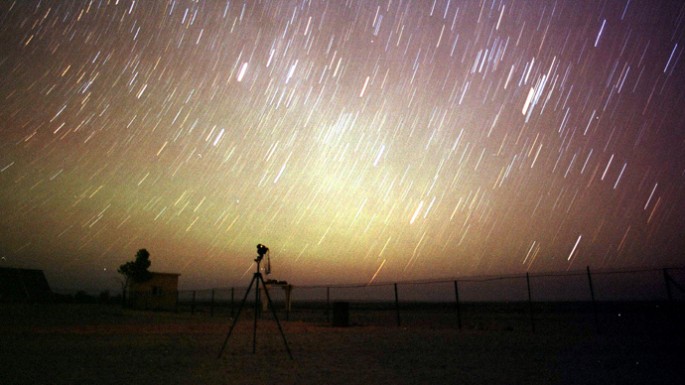In the annual Eta Aquarid meteor shower, Halley's Comet debris will fly through the sky overnight on May 6, Wednesday, which is just in time for the late-night festivities of Cinco de Mayo.
The meteors' radiant, the direction of origin, seems to come from the constellation Aquarius, which is where the annual Eta Aquarid meteor shower got its name. Breaking off and burning up in the atmosphere of the Earth, pieces of the icy comet become visible to people on the ground below.
The Eta Aquarids are pieces of debris from Halley's Comet also known as 1P/Halley, a famous comet that can be viewed from Earth around every 76 years. The last time Halley's Comet was viewed from Earth was in 1986 and it will not be visible again until the middle of 2061, according to NASA.
In a statement obtained by Huffington Post, astronomer Bob Berman said, "May is a slow month for meteors, so we'll gladly accept what the sky offers. In practice, these very fast annual meteors normally produce about one every four minutes."
A day before the annual Eta Aquarid meteor shower, the United States and Mexico celebrate Cinco de Mayo to commemorate the Mexican army's unlikely victory over French forces at the Battle of Puebla on May 5, 1862.
Many Americans commonly enjoy Mexican food, as well as a few margaritas, during the Cinco de Mayo celebration. Others mistake the celebration as Mexico's independence day, which is celebrated every Sept. 16.






















